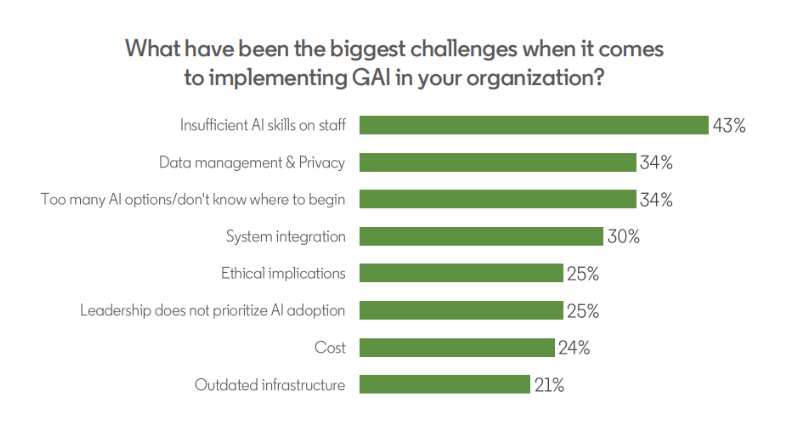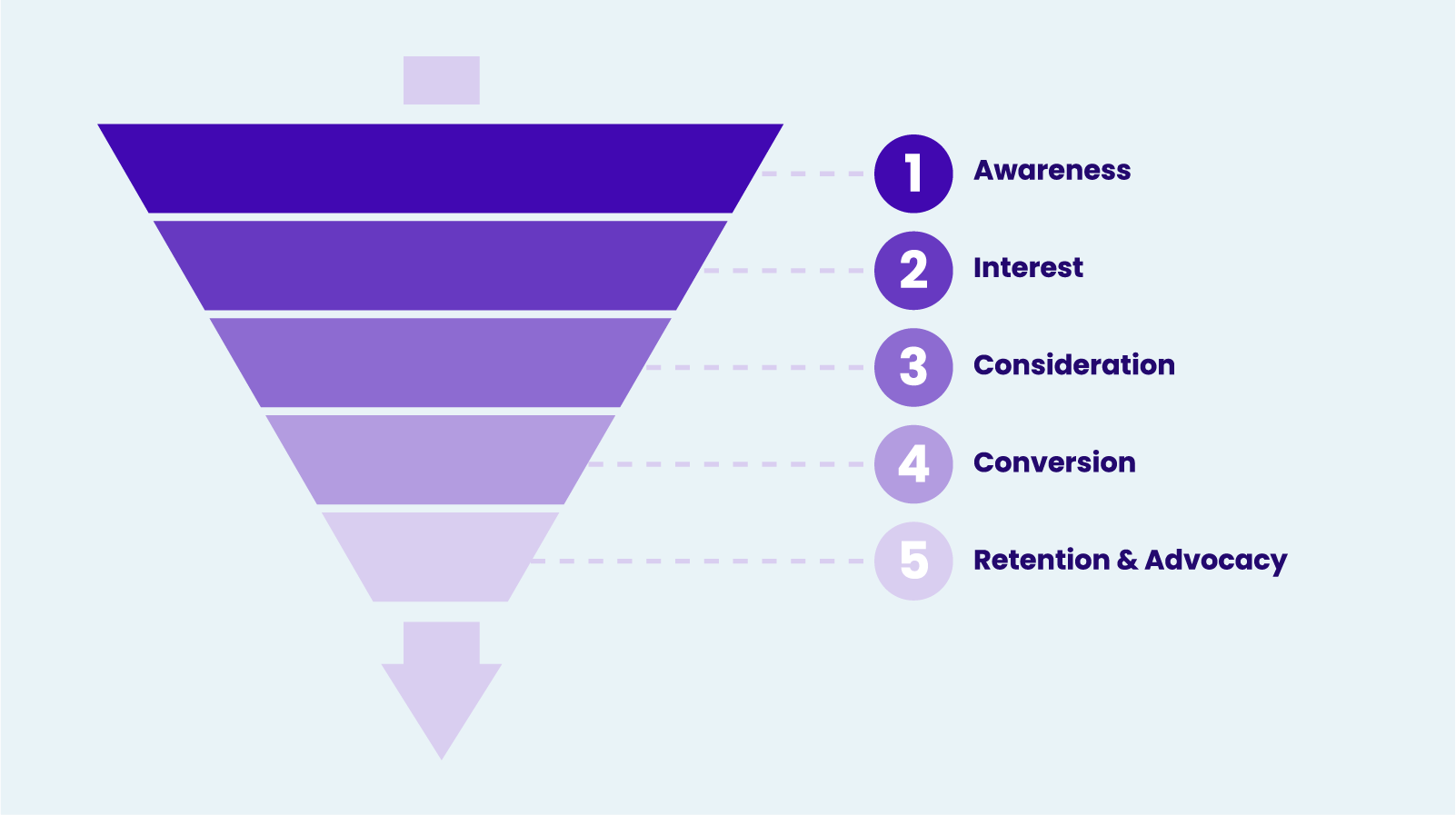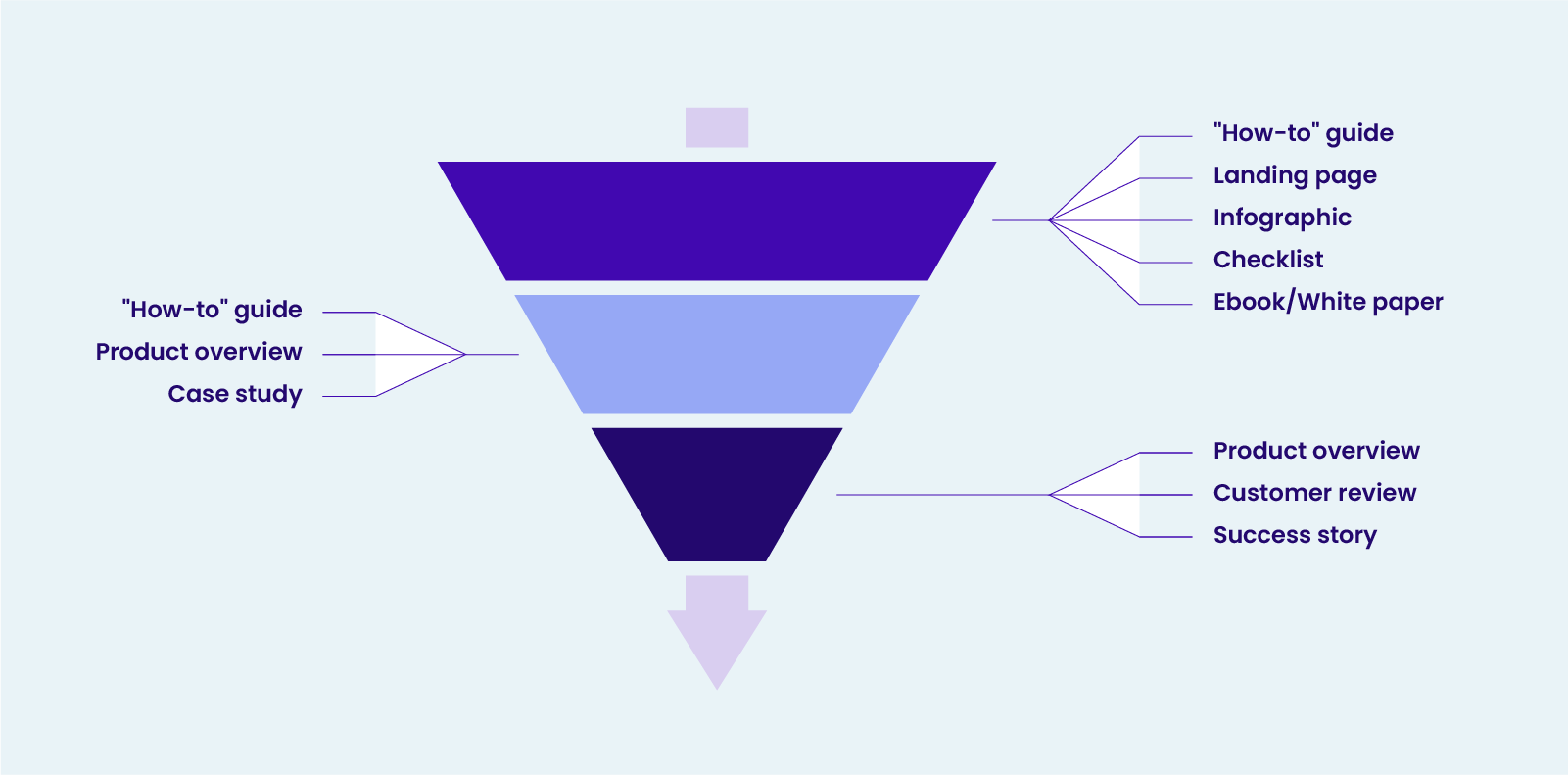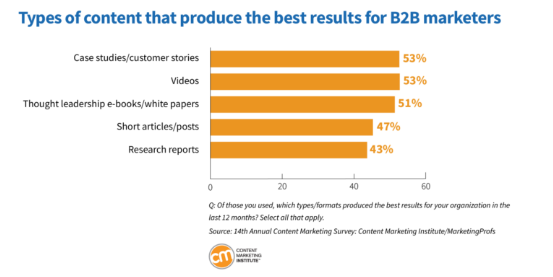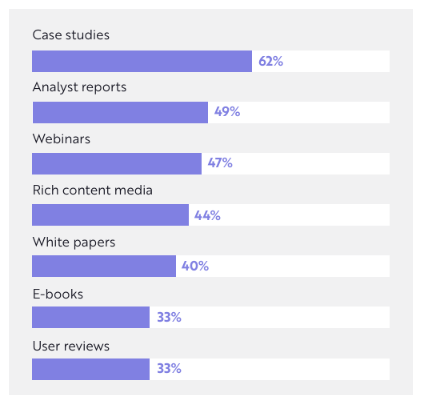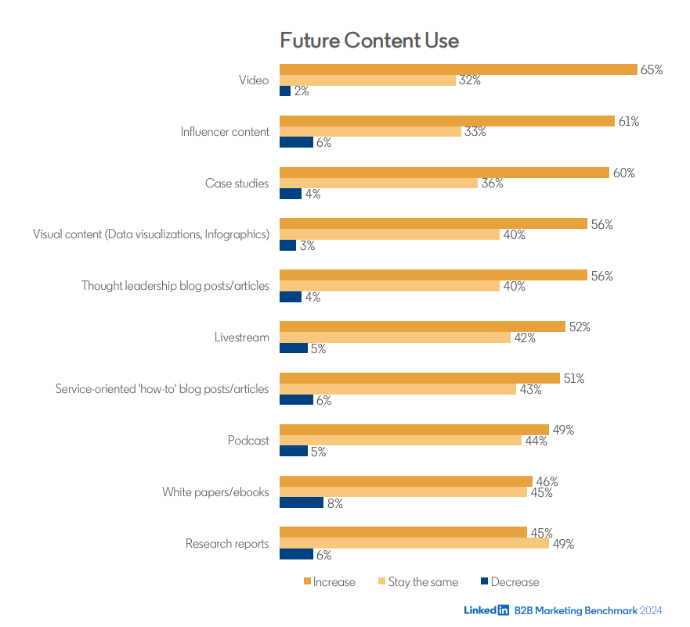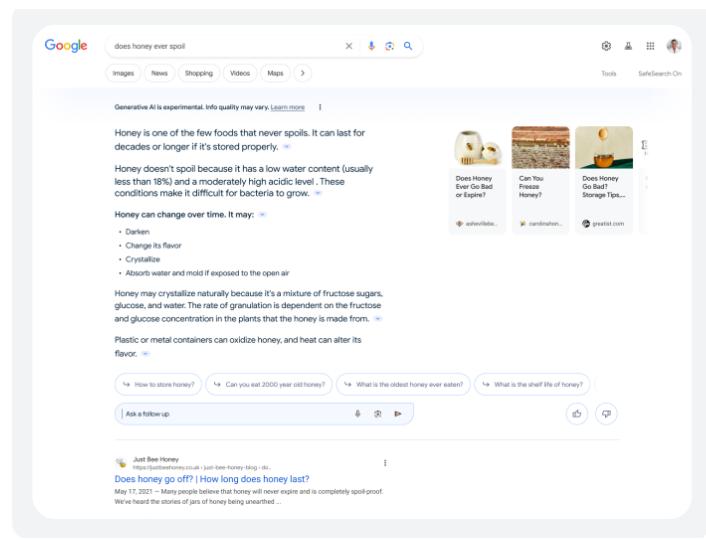Q: Why did one little piggy’s business do much better than the others?
A: He had a good go-to-market strategy.
All jokes aside, a solid go-to-market (GTM) strategy can make the difference between a successful product launch and a misfire. If you’re not honing your strategy, you might as well stay home. (And have roast beef. Okay, that was the last one, promise).
Recent research shows that only 30% of marketers say their GTM strategy is “very effective” at driving revenue and achieving business objectives. If you’re in the other 70%, here’s what you need to know about GTM strategies for B2B marketers.
What is a B2B go-to-market strategy?
A B2B go to market (GTM) strategy is a comprehensive plan that outlines how a company will launch a product or service — essentially how to introduce this new solution to the most valuable audience. A good GTM strategy will:
- Identify a target market
- Demonstrate how the solution meets customer needs
- Define the unique value proposition compared to the competition.
The strategy should also include the sales and marketing tactics that will be used to attract and retain customers, as well as key performance indicators (KPIs) and the metrics to measure them.
Ultimately, the goal is to coordinate every part of the business to work towards common goals, making the rollout efficient and as effective as possible.
What should be included in a B2B go-to-market strategy
These key elements will help ensure your GTM strategy is comprehensive and thorough enough to be a valuable guide for the entire business.
1. Market research
A successful strategy starts with a thorough understanding of both your audience and current market conditions, including:
Audience analysis
It’s important to identify your target audience and segment by relevant demographic distinctions. You might include demographics like business size and industry for accounts, then narrow down to individuals within these businesses by role, seniority and job title.
Collect your audience information through surveys, interviews and data analytics.
Competitor analysis
What your competitors are doing – what’s working and what isn’t – is a key part of understanding the current market. Analyze competitors’ products, positioning, marketing and customer response.
2. Value proposition
Why should people buy your solution instead of a competitor’s? Why should they buy your solution instead of taking no action at all? Your value proposition should clearly address these two questions by listing:
Customer pain points
Start by detailing the needs and challenges of your target audience. It’s a good idea to conduct customer interviews and surveys to understand their pain points on a fundamental level.
Unique selling points (USPs)
Show how your solution addresses the specific needs and pain points you’ve uncovered. These selling points should be as specific, clear and concise as possible. They should demonstrate unique value — something your competitors don’t currently offer.
3. Product positioning
Once you’ve established your value proposition, you need to translate it into messaging that makes sense for your audience and the market in general:
Market fit
Conduct thorough market validation to confirm there’s a need for your solution, and to see what adjustments you could make for an even better fit. It’s a good idea to get feedback from potential customers at this stage.
Brand messaging
Look to develop consistent messaging that communicates your solution’s value across channels. Your messaging should express your brand’s identity and clearly articulate the benefits and selling points of your product or service. Plan for a mix of content formats — blogs, case studies, videos — to reach and engage your audience.
4. Marketing plan
All of your audience and solution research should culminate in a robust, thorough marketing
plan. This plan should include:
Mapping the buyer’s journey
We know that B2B buyers don’t usually follow a linear course from awareness to purchase. But it’s good to define the stages of the journey so that you can make sure to market to each — even if buyers don’t encounter them in order.
Channels and tactics
Identify the most effective marketing channels for your audience, including the social media platforms they frequent, key terms to bid on for paid search, and where paid advertising is likely to reach them. Develop a coordinated strategy that uses these channels in harmony to maximize reach and engagement.
Content strategy
Focus on creating high-quality, relevant content that offers value to your potential customers before trying to make a sale. Content formats like infographics, videos, and webinars can help raise awareness. Whitepapers, ebooks and demos can help turn browsers into buyers.
5. Metrics and KPIs
It’s important to have measurement baked into your GTM strategy. That way, you will be sure to collect the necessary data to match your measurement plan.
Setting goals
Your goals should be directly connected to the health of the business. Use specific, measurable, achievable, relevant, and time-bound (SMART) goals. These goals might include market penetration rates, revenue targets, and customer acquisition costs.
Tracking performance
Plan how you will track these KPIs, including tools and systems you’ll need to gather data. Use analytics platforms to monitor website traffic, engagement rates, conversion rates, and sales data. Regular analysis of these metrics will help you adjust your strategies as needed.
6. Launch plan
With your marketing strategies and metrics in place, you’re ready to plan the launch. A successful launch should include these three elements:
Pre-launch activities
In the time before launch, finalize your product testing to make sure it’s fully functional and meets customer expectations. Prepare your marketing materials, including website content and press releases, and select a date to launch that aligns with key events in your industry.
Promotion strategy
Plan a series of announcements leading up to and following the launch to capture attention and maintain engagement. You can leverage your relationships with relevant influencers to help get the word out, in addition to your established marketing channels.
Post-launch adjustments
It’s a good idea to implement mechanisms to collect customer feedback after the launch, and then make quick adjustments based on the product’s initial market reception.
7. Refinement and optimization
Marketing is a journey of endless improvement, and that should be true of your GTM strategy, too. It’s important to have the ability to measure success, know what adjustments to make, and be able to make them quickly.
Collect feedback
Use customer surveys and social listening to get insights from prospects and early adopters.
Make adjustments
Try for an iterative development process that prioritizes frequent, small adjustments based on feedback. It’s a good idea to schedule regular meetings with key stakeholders to assess the feedback and prioritize changes.
Boldly go to market with your strategy in place
Launching a new solution can feel like a gamble. But it doesn’t have to be—with research, preparation and coordination, you can put together a GTM strategy that tips the scales in your favor.
Need help creating a robust GTM plan? Contact us today.

The post Don’t Build a B2B Go-To-Market Strategy Without These 7 Components appeared first on TopRank® Marketing.
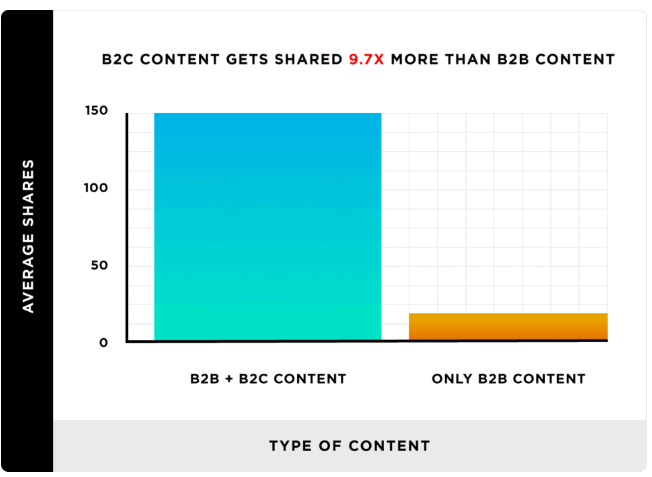 84% of B2B marketers say integrating or correlating content performance data across multiple platforms is moderately or very challenging.
84% of B2B marketers say integrating or correlating content performance data across multiple platforms is moderately or very challenging. 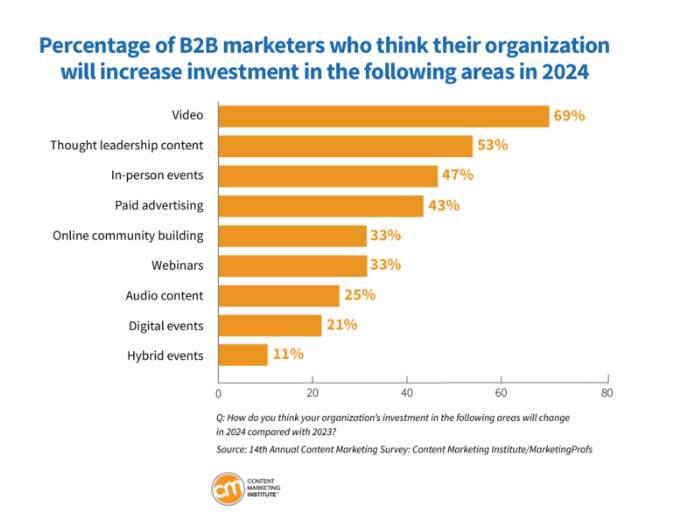
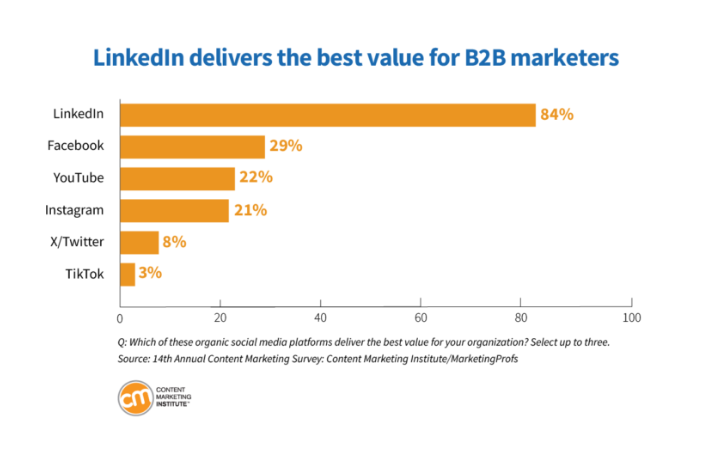 Only 10% of B2B marketers say their usage of X/Twitter or TikTok increased in the past year. (CMI)
Only 10% of B2B marketers say their usage of X/Twitter or TikTok increased in the past year. (CMI)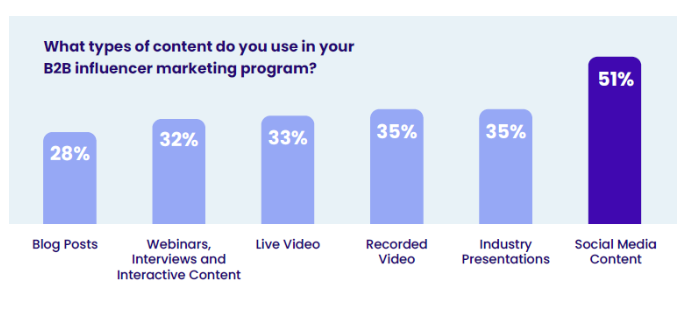 30% of B2B marketers say they have the right content marketing management technology, but aren’t using it properly.
30% of B2B marketers say they have the right content marketing management technology, but aren’t using it properly. 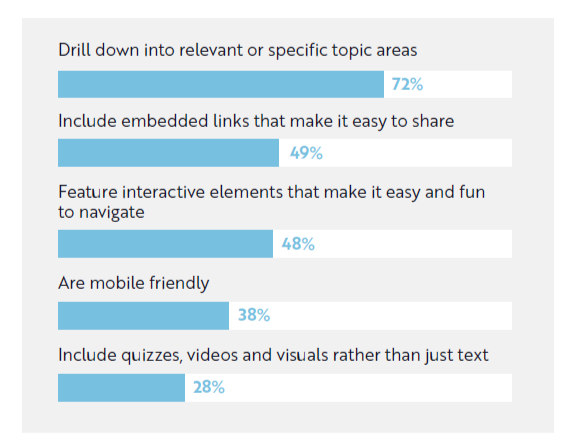 B2B content marketing and AI
B2B content marketing and AI